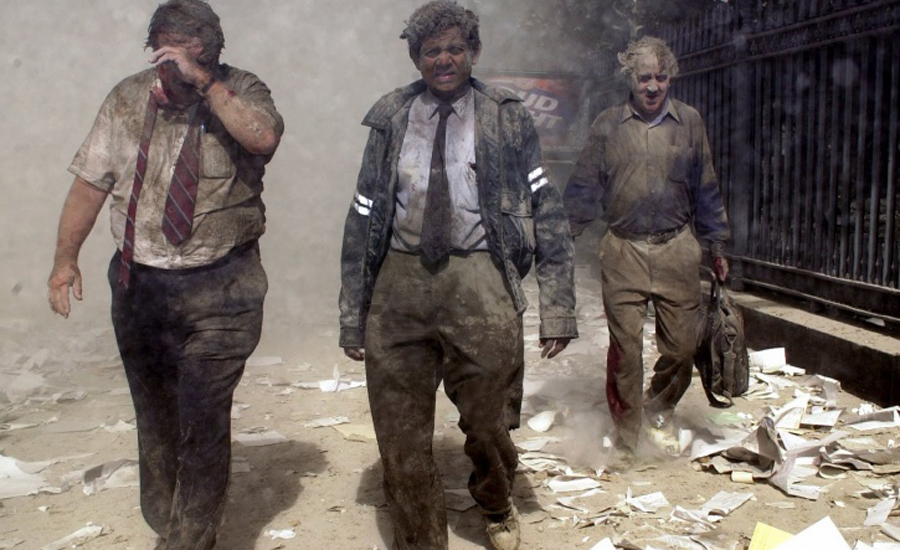9/11 survivors face higher risk of heart and lung problems

NEW YORK (Reuters) - Survivors of the terrorist attack on the World Trade Center in New York City on September 11, 2001 - and first-responders who were on the scene that day - may have an increased risk for heart and lung diseases, a new study suggests.
The World Trade Center attack exposed thousands of people to intense concentrations of hazardous materials that have resulted in reports of increased levels of asthma, heart disease, diabetes and other chronic physical and psychological disorders, researchers note in the journal Injury Epidemiology.
For the current study, researchers examined data on 8,701 people who were at the World Trade Center site on the day of the attacks and didn’t have asthma, diabetes or heart and lung diseases.
After up to 11 years of follow-up, people injured that day were at least twice as likely to develop heart disease as people who didn’t sustain injuries, the study found. Dust and debris exposure was associated with 30 percent higher odds of developing asthma and lung diseases, the study also found.
“This study is unique in that it focuses on responders and survivors who had intense exposure to environmental pollution and trauma on 9/11/2001 in New York City, but not afterwards,” said senior study author Dr. Robert Brackbill of the World Trade Center Health Registry and the New York City Department of Health and Mental Hygiene.
“The main implication of these findings is that intense exposure on the first day of the disaster can by itself increase the risk of developing chronic conditions,” Brackbill said by email.
Researchers examined data on 8,701 people in the WTC Health Registry, which monitors the physical and mental health of 71,431 individuals exposed to the attacks. The current study included people with the most exposure to injuries and contaminated air that day: 7,503 area workers, 249 rescue workers, 131 residents and 818 people on the surrounding streets.
Overall, 41 percent of the people in the study had intense exposure to the dust cloud on 9/11, 10 percent had a single injury, 2 percent had two injuries and 1 percent had three or more injuries.
Over the next decade, 92 people developed heart disease, 327 got diagnosed with diabetes, 308 had a new asthma diagnosis, and 297 developed lung diseases that didn’t involve tumors.
When people had multiple injuries, such as fractures, head injuries or sprains, their risk of having chest pains or a heart attack was higher than when they only had one type of injury, study also found.
Dust exposure, post-traumatic stress disorder and being a rescue worker, as well as current smoking were associated with a higher risk developing lung diseases that were not cancer or asthma, the study also found.
Dust exposure on its own, however, wasn’t associated with an increased risk of asthma.
Limitations of the study include the high proportion of participants who dropped out over time, the authors note. Researchers also lacked data on the severity of injuries or how people were treated.
“While law enforcement and fire fighters may be used to disasters, certainly this was an unprecedented disaster even for trained people,” said Dr. Iris Udasin, director of the Environmental and Occupational Health Sciences Institute at Rutgers University in New Jersey.
“One lesson that we learned is that people shouldn’t rush into a disaster without proper training and equipment,” Udasin, who wasn’t involved in the study, said by email. “There are a number of volunteers that wanted to help and ended up getting sick from their exposures.”







